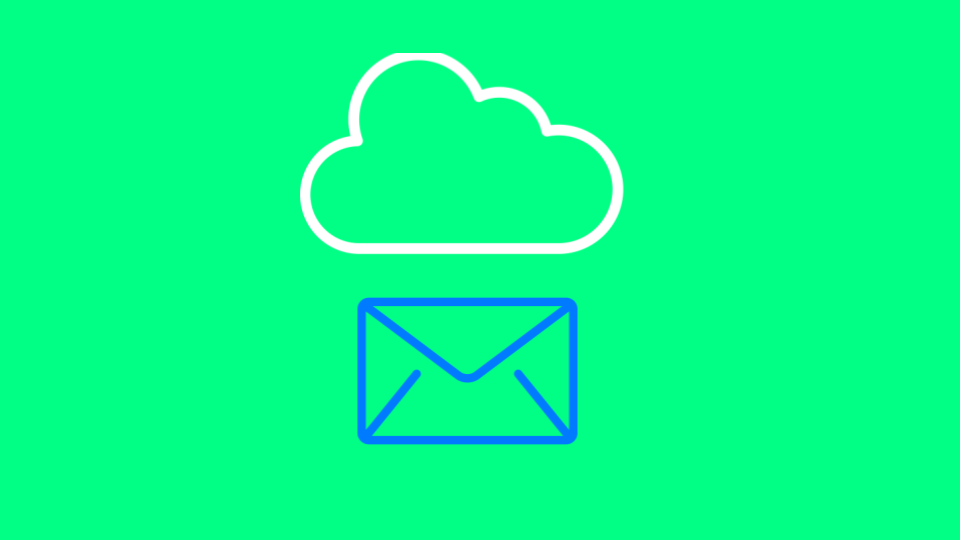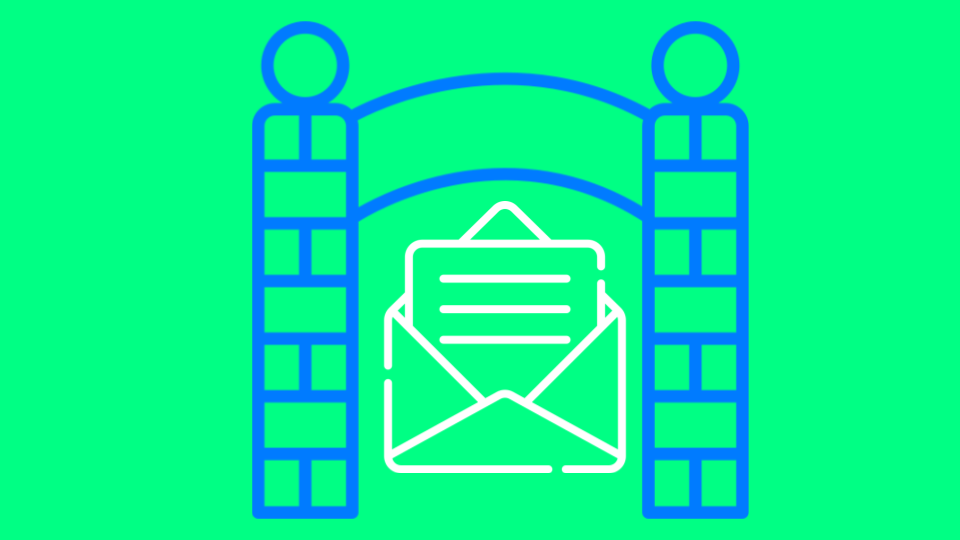According to Verizon’s 2021 Data Breach Investigations Report (DBIR), phishing is a leading cause of data breaches, accounting for over a third of incidents. It is also the most common delivery method causing ransomware.
Nowadays, most companies have adopted cloud-based email systems and are supporting a distributed or remote workforce. Both factors drive a need for an email security solution that supports a growing and distributed enterprise.
Common Email Threats
Cybercriminals can use email in a variety of attacks. Some of the leading email threats include:
- Phishing: Phishing attacks are one of the leading threats to email and one of the most common types of cyberattacks. Phishing emails can be designed to direct recipients to malicious sites for credential theft, to deliver malware, or to trick a recipient into sending sensitive information or money to an attacker.
- Malware: Malware can be delivered via email in different ways. An attachment on an email may contain malicious macros or other content that executes malicious scripts when opened. Alternatively, emails may direct users to malicious sites serving malware or include attachments with trojan malware masquerading as legitimate software.
- Ransomware: Ransomware has become a leading malware variant and one of the most expensive and impactful threats to corporate cybersecurity. While malware can be delivered via a variety of different infection vectors, many ransomware groups use malicious emails as a delivery mechanism.
- Data Loss: Email is designed for sharing information, making it an ideal vector for data exfiltration. An attacker may use a phishing attack to trick employees into sending sensitive information or compromise an email account to access the data that it contains and leverage its connections to other online accounts.
- Malicious Links: Phishing emails commonly contain malicious links designed to send recipients to malicious websites. These sites can serve malware or masquerade as legitimate sites to harvest user credentials, payment card information, and other sensitive data.
The Main Features Of Cloud Email Security
Cloud email security solutions are designed to provide comprehensive protection against email-borne cyber threats. Critical features of a cloud email security solution include:
- Anti-Phishing: Phishing attacks are growing increasingly sophisticated, making them difficult to detect and block. A cloud email security solution should be able to block even the most sophisticated attacks, such as impersonation and business email compromise (BEC).
- Malware Protection: Email-borne malware may have built-in evasion techniques and protections to complicate detection and analysis. An email security solution should perform sandboxed analysis to identify hidden malware and rapidly deliver sanitized files.
- Account Takeover Protection: Account takeover attacks are increasingly common with the rise of remote work. Behavioral analytics should be built into an email security solution to identify signs of anomalous or malicious behavior and take action to protect sensitive data and maintain regulatory compliance.
- Data Loss Protection: Email is a common vector for data leakage, and companies have a wide range of sensitive data entrusted to them. Email security solutions should allow custom policies to protect sensitive data and support regulatory compliance efforts.
Cloud Email Security vs On-Premises
An email security solution is a must for many organizations, but choosing between a cloud-based and on-premises solution can be difficult. However, in most cases, a cloud-based solution is the right choice.
On-premises, appliance-based solutions are constrained in their deployment locations and their ability to scale to meet demand. Cloud-based email security solutions, on the other hand, can take advantage of the flexibility and scalability of the cloud, enabling them to better meet the evolving needs of the business.
How To Secure Your Email
Email can be used in various attacks, making defense-in-depth essential for email security. Some best practices for securing email include:
- Use Strong Passwords: Cybercriminals commonly perform credential stuffing and password guessing attacks to compromise employee email accounts. Implementing and enforcing a strong password security policy helps to mitigate this threat.
- Enable MFA: Multi-factor authentication (MFA) requires more than just knowledge of a password to authenticate to an email account. This helps to minimize the impact of a compromised employee password.
- Deploy an Email Security Solution: Email security solutions provide detection and prevention of a range of different email threats, including phishing, malware, and data loss. Deploying an email security solution is essential to managing the rapidly-evolving email threat landscape.
- Train Employees: Many email-based attacks are designed to use social engineering to trick employees into taking actions that benefit the attacker. Training employees on common email threats and how to respond to them is an essential part of an email security strategy.
- Monitor Configurations: After compromising an email account, an attacker may set up mail forwarding or change settings to allow them to send and receive emails from it without detection. Frequent audits of email configurations can help to detect compromised accounts.
Cloud Email Security With Avanan
As companies increasingly adopt a remote workforce, cloud email security becomes more important than ever. Learn more about securing your organization’s remote employees.
Check Point and Avanan have developed an email security solution that provides comprehensive protection against modern email cyber threats. You’re welcome to sign up for a free demo to see it in action.






